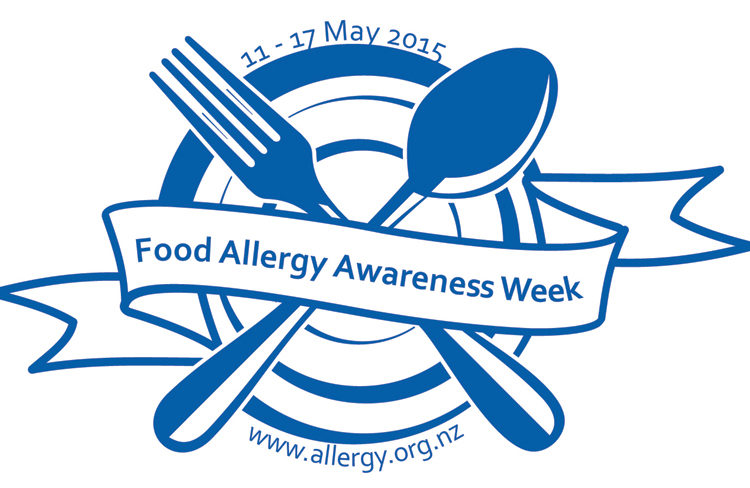Ever had an upset stomach? A skin rash or hives? How about swelling of the tongue and throat? Or worse, have you ever had trouble breathing? If you’ve ever suffered any of these symptoms, then you are 1 in 100 adults in NSW who suffers from a food allergy.
A food allergy is an abnormal immune system response to an otherwise harmless substance.
The same substance (food) would cause no reaction to a non-allergic person. An allergic person’s body reacts by releasing chemicals called histamines. It’s the histamines that cause allergic symptoms like: watery & itchy eyes, sneezing and eczema. Such symptoms are not only frustrating, but can prevent sufferers from living life to the fullest. In the case of food allergies, a mere trace of an allergic food can trigger an anaphylactic attack. If not treated immediately, anaphylaxis can cause death.
Food allergies occur in around 1 in 20 children and in about 1 in 100 adults in NSW. That’s approximately 65,000 children and 96,000 adults. In fact, Australia has one of the highest allergy rates in the world!
Living with a food allergy can make day to day life difficult. It’s equally as trying for parents who have children that suffer from food allergies. Avoidance of the foods is key to preventing potentially deadly reactions. As such, it is imperative for all of us to be aware- to know how to minimise the risk of a reaction, to know what to do if a reaction happens, and to understand and support family, friends and colleagues living with food allergies.
In honour of Food Allergy Week, which runs from the 17th of May till the 23rd, Anaphylaxis Australia has created a ‘Be Aware Show You Care’ campaign to raise awareness about food allergies. You can ‘Show You Care’ by painting one nail to symbolise that one in 10 babies born in Australia today will develop a food allergy. Or you can adopt an allergy for a day/week to better understand the challenges people with allergies face every day.

Although you may not suffer from a food allergy, those who have similar symptoms may suffer from food intolerance which is a ‘chemical’ reaction that follows consumptions of certain foods and drinks. There are many different types of food that people can be intolerant to but the most common include milk and lactose (the sugar in milk), gluten, wheat, food preservatives, and naturally occurring compounds in foods such as caffeine.
Coeliac disease is closely related to food intolerance and occurs as a results of gluten. Gluten is a protein found in grains including wheat, rye, oats and barely. It is important to remember to read labels and watch for hidden sources of gluten and always check vitamins and medications are gluten free.
If you’re looking for products that are gluten and allergy free try these brands.
Food for Health focuses on health and functionality and allergy friendly products with a lean towards being gluten free. With food allergies on the rise, Food for health supports not only people with specific dietary requirements, but also people who simply like to eat healthier options. They sell gluten free muesli, bars and seeds. Visit the site and check out some of their products. http://www.foodforhealth.com.au/our-foods
You can also buy a variety of gluten free options from the Gluten Free Shop which provides the largest range of gluten free products in Australia.
http://www.glutenfreeshop.com.au/
‘Be Aware Show You Care’ and visit the website to show your support. Image credit from: http://www.foodallergyaware.com.au/
Blogpost by Daniella Kroser




